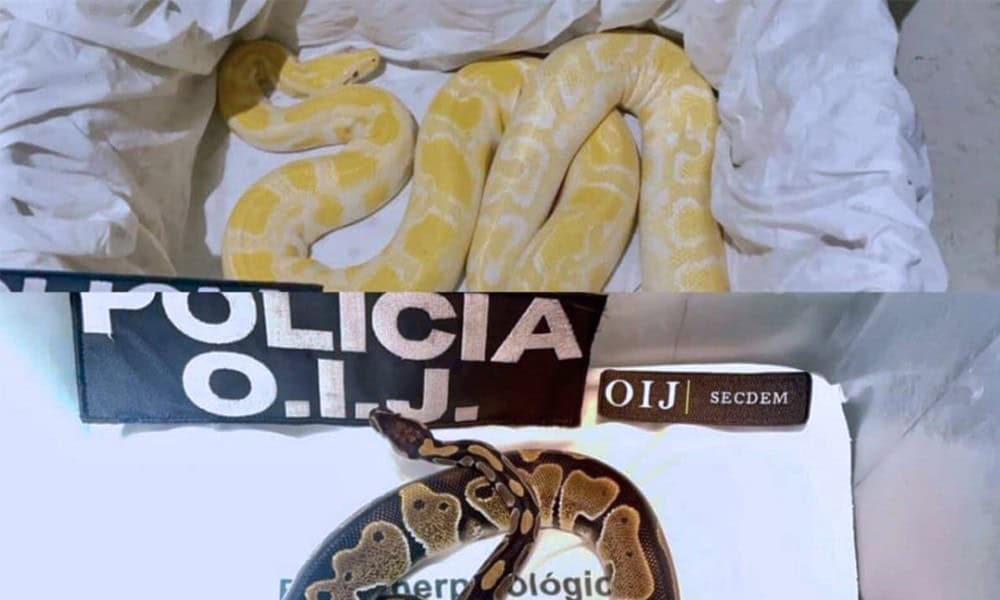Wildlife trafficking poses a grave threat to Costa Rica’s biodiversity, with species like snakes and turtles among the most targeted. Despite strict laws and international agreements, weak enforcement and systemic issues such as corruption allow this illegal trade to flourish, endangering ecosystems and wildlife populations across the country.
Snakes, turtles, birds, amphibians, hedgehogs, and even emus are among the most sought-after species in this illicit trade. In recent years, the issue has drawn increasing attention due to its devastating impact on Costa Rica’s renowned biodiversity. The illegal extraction and commercialization of animal and plant species persist, driven by growing demand at both national and international levels.
A recent panel of experts convened to raise awareness of the issue. Speakers included Shirley Ramírez, a representative of the National Commission for Biodiversity Management; Alejandro Fernández, head of the Investigation Unit for Environmental Crimes and Animal Welfare; and Isabel Hagnauer, a veterinarian at the Wildlife Rescue Center.
Ramírez emphasized that Costa Rica has a strong regulatory framework, including the Biodiversity Law and its commitment to international agreements such as CITES (the Convention on International Trade in Endangered Species of Wild Fauna and Flora). However, enforcement remains a significant challenge.
Globally, the illegal wildlife trade generates approximately $23 billion annually, making it one of the most profitable illicit industries—surpassing even small arms trafficking.
In Costa Rica, recent confiscations illustrate the severity of the problem. One case involved a jaguar discovered in a private residence in Goicoechea. Additionally, human activities such as urbanization and agricultural expansion exacerbate biodiversity loss and facilitate wildlife trafficking.
“Some species, like raccoons and squirrels, have adapted to urban environments, making them easier to capture and sell as pets. Similarly, conflicts between wildlife and agricultural activities, particularly involving big cats, push more animals into the illegal trade,” Ramírez noted.
Tourism also plays a role in wildlife trafficking. Airports, particularly Juan Santamaría International Airport, frequently report cases of wildlife products or live animals being smuggled out of the country as souvenirs or for sale abroad.
Criminologist Alejandro Fernández revealed that snakes in Costa Rica have been sold for over 500,000 colones on the black market. Other examples include butterflies, which can fetch $12 to $15 each. Fernández also highlighted corruption within certain government institutions as a key factor enabling these crimes.
Costa Rica’s reputation as a global biodiversity hotspot makes the fight against wildlife trafficking all the more urgent. Experts stress that stronger enforcement and public awareness are crucial to protecting the country’s unique ecosystems and wildlife.






